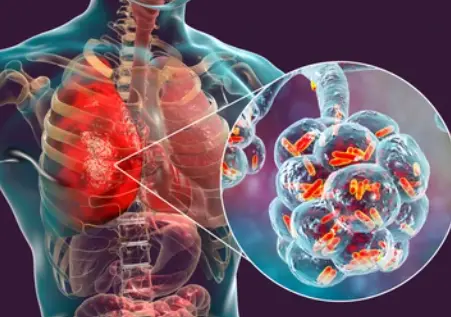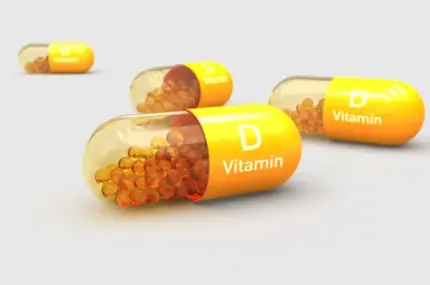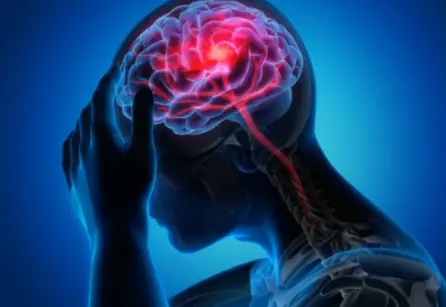 Welcome
Welcome
“May all be happy, may all be healed, may all be at peace and may no one ever suffer."
Stevens-Johnson syndrome - Generics
Stevens-Johnson syndrome (SJS) is a rare, but serious, allergic reaction that affects the skin and mucous membranes. It is a severe form of erythema multiforme, which is a hypersensitivity reaction that can be caused by drugs, infections, or other triggers.
The symptoms of SJS usually begin with flu-like symptoms, such as fever, headache, and muscle aches, followed by a painful, blistering rash that can spread rapidly over the entire body. The rash may start on the face, chest, and back, and can progress to involve the mucous membranes of the eyes, mouth, and genital area. The affected skin may peel off in large sheets, leaving raw, painful areas that can become infected.
SJS is a medical emergency that requires prompt diagnosis and treatment. The first step in treating SJS is to identify and remove the causative agent, such as a drug or infection. Supportive care, such as intravenous fluids, pain management, and wound care, may also be necessary. In severe cases, patients may need to be hospitalized in an intensive care unit.
Complications of SJS can include infections, scarring, blindness, and other long-term effects. Some patients may develop a chronic form of the disease called toxic epidermal necrolysis (TEN), which is characterized by more widespread skin involvement and a higher risk of complications.
Prevention of SJS involves avoiding known triggers, such as certain medications, and seeking medical attention promptly if symptoms develop. It is important to consult a healthcare provider if you experience any symptoms of SJS or other severe skin reactions.

Hyperphosphataemia

Pneumocystis jiroveci pne...

Alzheimers disease

Riboflavin deficiency

Transient ischaemic attac...

Superficial skin infectio...

Intrapartum prophylaxis a...

Acute necrotizing ulcerat...
Stevens-Johnson syndrome, স্টিভেন্স-জনসন সিন্ড্রোম
To be happy, beautiful, healthy, wealthy, hale and long-lived stay with DM3S.